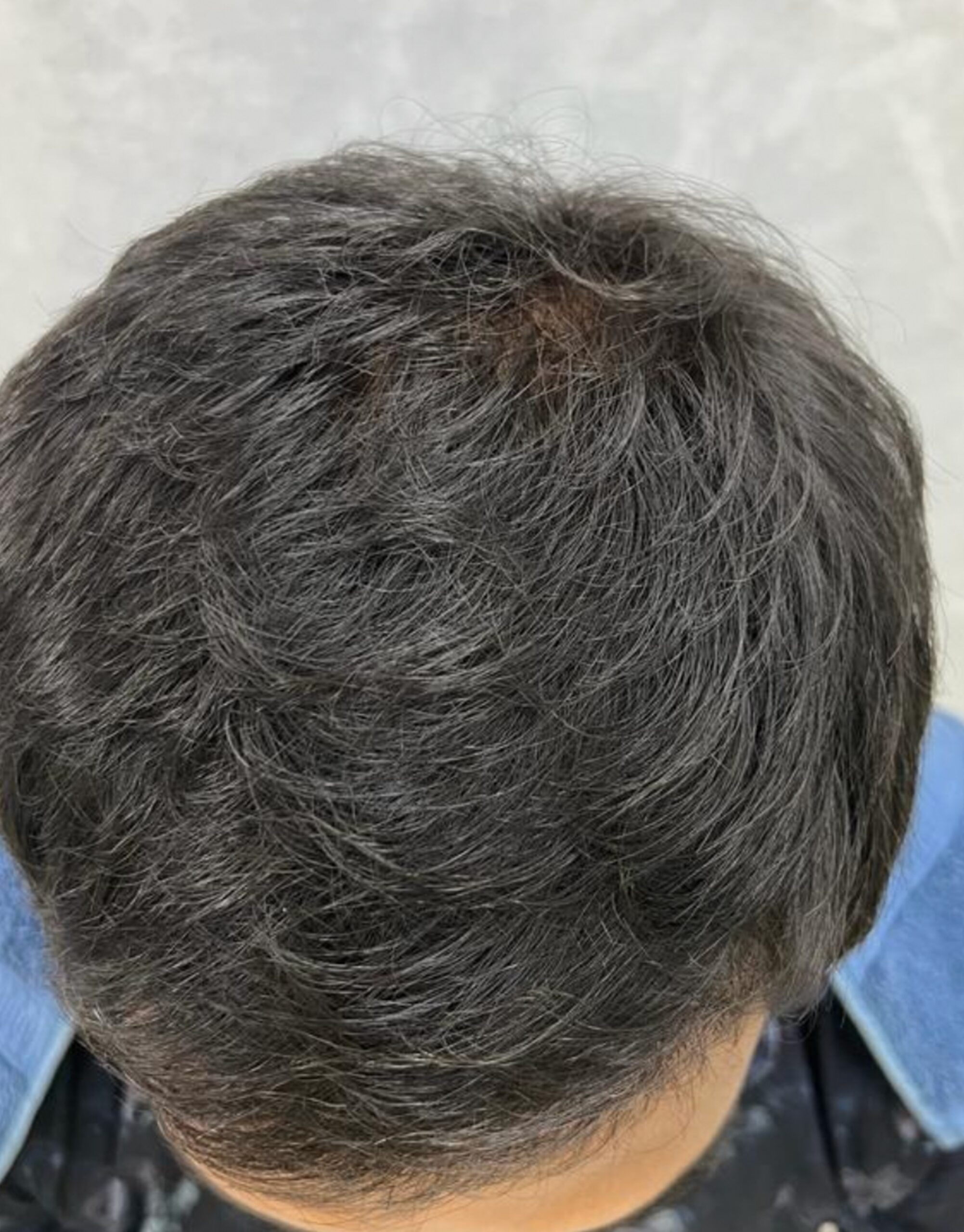Dermal Fillers
Introduction
Dermal fillers are injectable materials used to accentuate face features, restore volume, and smooth out wrinkles and fine lines. Hyaluronic acid, calcium hydroxylapatite, and poly-L-lactic acid are just a few of the materials they’re composed of, all of which are safe and biocompatible with the body. The fillers work by adding volume to the targeted area through injection with a fine needle or cannula. This can help to fill in wrinkles and fine lines and improve face characteristics like the cheeks, lips, and jawline. Dermal fillers typically have temporary effects, but how long they last can change based on the filler used, where it was injected, and the person’s metabolism.
Because they require little to no downtime and can deliver noticeable results, dermal fillers are a popular cosmetic treatment choice. To achieve a more thorough rejuvenation of the skin and face features, they are frequently used in conjunction with other cosmetic procedures like Botox injections, chemical peels, and laser treatments. Dermal fillers may be a good option for treatment, but only after consulting with a qualified healthcare expert who can also go over the risks and rewards.

Pathophysiology
Dermal fillers work by adding volume to the skin and underlying tissues, which can help to fill in wrinkles and fine lines and enhance facial features. The specific pathophysiology of dermal fillers can vary depending on the type of filler used, but in general, they work by the following mechanisms:
- Hyaluronic acid fillers: These fillers are composed of hyaluronic acid, a sugar molecule that is present in the body naturally. Hyaluronic acid binds to water molecules when it is injected into the skin, helping to hydrate and plump up the epidermis.
- Calcium hydroxylapatite fillings: These fillers are constructed from a material that resembles the mineral that makes up bone. The calcium hydroxylapatite particles that are injected into the skin create a scaffold that supports the nearby tissues and encourages the production of new collagen.
- Poly-L-lactic acid fillers: Made of a biodegradable material, these fillers encourage the skin’s natural creation of collagen and other proteins.
Side Effects
Some common side effects that may occur after dermal filler injections include:
- Swelling: In the days immediately following the injection of dermal fillers, mild to significant swelling is typical.
- Redness: For a few hours or days after the process, the injection site may appear red or mildly inflamed.
- Bruising: At the injection location, some people may experience bruising that lasts from a few days to a week.
- Pain or discomfort: At the injection site, there may be mild to moderate pain or discomfort; however, this is typically only temporary and can be treated with over-the-counter painkillers.
- Itching: A mild rash or itching may appear at the injection site in a few people, but this is typically only temporary and goes away on its own.
- Lumpiness: On occasion, the filler may lump up or clump together, giving the skin an uneven look. Usually, massage or extra injections can fix this.
- Infection: Although it’s unlikely, any injection procedure carries a small chance of infection. Redness, swelling, warmth, and fever are indications of infection and need to be evaluated right away by a medical expert.
How do Dermatologists do Dermal Fillers?
Dermatologists typically perform dermal filler injections in their clinic or office setting. The procedure involves the following steps:
- Consultation: Prior to the procedure, the dermatologist will meet with the patient to assess their skin and go over their expectations for the treatment as well as their objectives.
- Preparation: To lessen pain during the process, the skin is cleaned and a topical numbing cream may be applied to the injection site. Based on the requirements of the patient, the physician will also decide on the kind and quantity of filler that is best.
- Injection: The dermatologist will inject the filler into the desired region, such as the cheeks, lips, or under the eyes, using a fine needle or cannula.
- Massage: The dermatologist may massage the area after the injections are finished to spread the filler equally and reduce the likelihood of lumpiness or irregularities.
- Follow-up: The dermatologist will give you post-procedure directions, which may include refraining from strenuous activity or exposure to extreme heat or cold for a while after the injection.
Before & After Treatment Images











